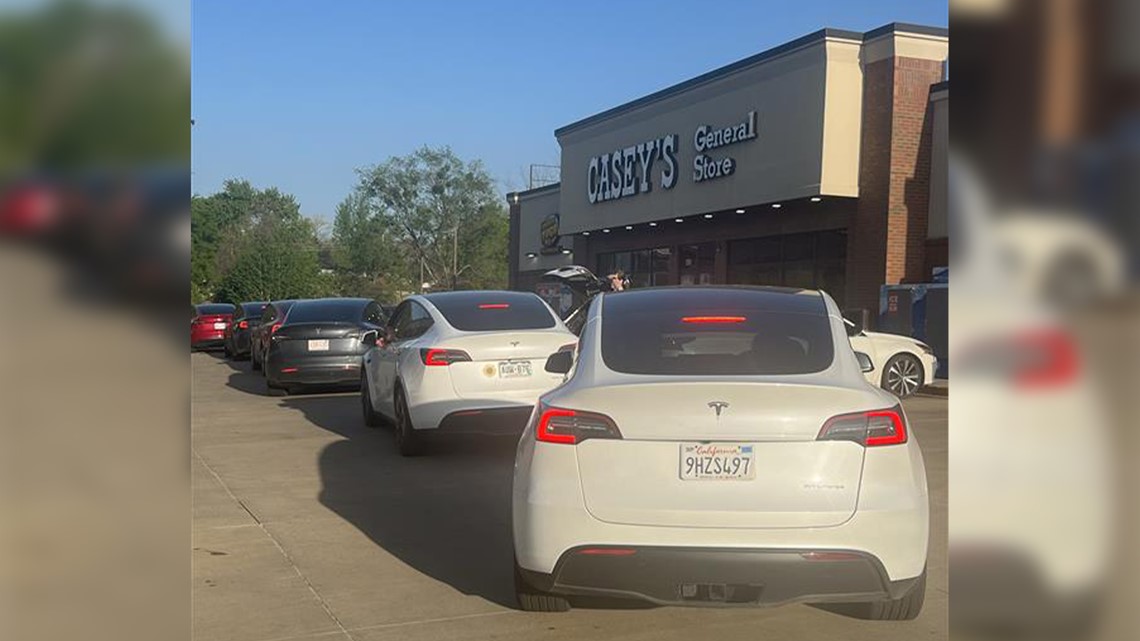Some more Alex on Autos / Auto Buyers Guide perspective:
"Now that the plug battle is over I'm seeing some revisionist history already creeping into the epitaph being written for CCS so let's try and set history right. NACS won not because it's a better connector (even though it is a better connector), nor because there are more NACS connectors in the wild (because there aren't, but more on that later), or even because they have the largest EV share in the USA (although it has now dropped to ~50% of new EV sales). No, Tesla won the plug war because they made a DC fast charging network that simply works. Tesla could cooked up the biggest, fugliest connector imaginable, and that still would have won in the end.
Pain points are interesting research because they don't have to happen frequently to be a problem. Case in point: DC fast charging. Most EV owners don't do it very often and many never do it at all. BUT, every EV shopper is worried about it when they buy the car. On average under 10% of charging is at a fast charge station.
Oddly that 10% is the only key area where Tesla's connector out-indexes CCS. According to the DOE, Tesla had 24,400 Supercharger ports at the end of 2023 in the USA vs just 14,245 CCS ports. More interesting perhaps: ports that support over the next generation of 300+ kW charging? Around 4,500 and all are CCS, although there are under 100 Tesla V4 stations out there that may one day go over 250kW.
Meanwhile for the 30% of charging that happens on the go, but not on a DC charger what do things look like? Very different. J1772 outnumbers Tesla's destination network by a whopping 11.5:1. There are 115,000 J1772 public ports registered with the DOE and an estimated 40,000 unregistered ports (like the ones at my office that are employee-only). Compare that to 10,000 Tesla destination chargers and an estimated 5,000 unregistered ports. Interesting perspective, isn't it?
Now for the odd part. NACS may be the defacto standard going forward, but it's entirely likely that CCS vehicles will outsell NACS for the next 18-24 months in N. America. That's the awkward part about changing standards.
Now. Why is NACS better? No, it's not the cable size, nor the latch mechanism, or it being easier to repair (it's actually less repairable on the connector side), it's mainly because it's easier to use and using the same pins for AC and DC just makes sense.
Given the N. American appetite for fast charging, you know what might have made more sense? Using the Chinese GB/T standard which would allow EVs to charge nearly 3x faster than the theoretical limit of the Tesla connector..."

